Flake up Artist: Why Cellular Turnover is Necessary for Youthful Skin.
An accelerated cellular turnover is necessary for a youthful appearance. So why does it sometimes feel so wrong? You’ve started a new skincare regimen and now your skin is as dry and flaky as a fresh baked croissant. Panic takes hold and your first instinct is to stop the new products. Let’s walk through the finer points of flaking to help you minimize this awkward phase and get your new glow on.
What is Cellular Turnover?
Your skin is in a constant state of renewal. Cellular turnover describes the process of shedding dead skin cells and replacing them with fresh, young, healthier cells. These cells continuously divide to create new plump, robust, and well-hydrated cells in the deepest layer of the skin. As they mature, they rise through the skin, becoming flatter and dryer until reaching the outer layer of the skin. At this point, the cells are dry keratin protein, known as stratum cornerman, the skin's protective layer.
Healthy skin sheds one layer of dead cells every day. A normal cell turnover cycle takes about 30 days. With every passing year, the process slows a bit. By age 40, this cell cycle takes about 45 days. By 50, it slows to around 60 days. Cell turnover slows with age because the cells simply aren’t regenerating as quickly as they did when we were young. The slower turnover creates an accumulation of cells that become glue-like and sticky, weighing the skin down, creating dullness, sagging, and wrinkles, and patches of excess pigment begin to appear darker.
In acne-prone skin, cells shed even faster, as many as five layers a day. This is too many to shed naturally, which also leads to cellular buildup. This cellular debris mixes with sebum, clogging and stretching pores, making them appear larger and more pronounced. Oil and bacteria get trapped within the pore, triggering inflammation, and leading to breakouts. That’s why it’s not uncommon to see acne well past your teen years.
HOW DOES INCREASING CELL TURNOVER MAKE SKIN LOOK YOUNGER?
The longer the cellular turnover cycle takes, the more dead cells are left behind to build up on the surface of the skin. By increasing cell turnover, you remove the accumulated dead skin cells on the surface, thus reducing the appearance of pores and breakouts, clearing impactions, as well as diminishing the appearance of fine lines and wrinkles. It also reduces excess pigment. Increasing cell turnover is the way to smoother texture and a more even tone. It quite literally paves the way to healthy, vibrant skin.
HOW CAN CELLULAR TURNOVER BE ACCELERATED?
Exfoliation and cellular regeneration are the key to boosting cell turnover. Exfoliation removes dead skin cells and encourages the generation of new cells. Whether physical (scrubs) or chemical (acids), this is a must in any skincare regimen, and a combination of both is best.
An easy and highly effective way to increase cellular turnover is to utilize medical-grade skincare products containing active ingredients designed to speed up cell turnover. A side effect of accelerated cell turnover is dead cells reaching the surface faster than they can naturally be shed away. At the same time, the active ingredients encourage the regeneration of healthy new cells, putting further pressure on those dry surface cells to peel away. Hello flaking, mild redness, and at times, purging.
Use an exfoliating scrub a few times a week to physically loosen and lift dead skin cells. Using an acid-based toner will aid the exfoliation process and optimize the absorption of your regenerative serums. Vitamin A works to speed the process of cell turnover, but also acts as a cell regulator, signaling the production of collagen and elastin. It accelerates the cell cycle from approximately 30 days to, on average, 14 days. However, not all retinoids are the same. Vitamin A (retinol) Propionate is the most effective non-prescription retinol available. Because of its small molecular size, it’s more readily absorbed by skin allowing it to reach the lower levels of skin to elicit change.
HOW LONG WILL THE FLAKING LAST?
The dry, flaking phase you experience when starting a new product can last 30 to 45 days, depending on the condition of your skin. If you regularly exfoliate your skin, this phase will be shorter for you. If you are new to using active skincare ingredients and don’t regularly exfoliate, the flaking phase will be on the longer end of the scale, closer to 45 days. This flaking and dryness is known as an acclimation period and it's a normal part of starting new skincare products! This adjustment period will be most apparent in the first couple of weeks and will lessen as the skin gets used to new products and processes. Once your skin fully acclimates, the flaking will stop, but the benefits will continue.
HOW TO MINIMIZE THE APPEARANCE OF FLAKING?
When you introduce your skin to new active ingredients or products, it’s best to start slowly to avoid overstimulating your skin. Begin usage every other day and gradually increase to daily application.
If you don’t already have one in your regimen, introducing a hydrator or moisturizer will assist with the flake. Hyaluronic acid is a great hydrator, capable of binding more than 1,000 times its weight in water. Allantoin is an ultra-hydrating, calming, and lightweight natural antioxidant. It is a great anti-inflammatory moisturizer to restore and revive dry, irritated, or overly exfoliated skin.
Increasing cell turnover and keeping dead cells from accumulating is the key to keeping the skin surface looking vibrant and healthy. Removing the buildup keeps skin free of acne-causing impactions, reduces the look of fine lines and wrinkles, and promotes a brighter, fresher appearance, as well as reducing excess pigment. Increasing cell turnover is the prerequisite to radiant skin, an easy way to smoother texture and a more even tone, and is essential to maintaining healthy, vibrant skin.
Emily Giddings, RN


